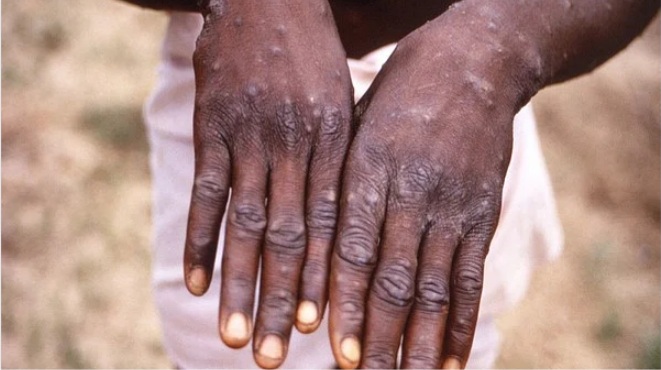CHANDIGARH
When two outbreaks of a pox-like illness were noticed in lab monkeys kept for the study in 1958, the name “monkeypox virus” was developed from them. The Orthopoxvirus genus, which makes up the family Poxviridae, includes the non-lethal monkeypox virus.
Transmission and symptoms: According to Dr. Niranjan Nayak, monkey pox symptoms include fever, headaches, muscular pains, backaches, chills, exhaustion, and even enlarged lymph nodes. A rash can also be seen on the face and other parts of the body. According to him, respiratory droplets from an infected animal bite, coming into contact with an infected person, or touching contaminated bedding or clothing can cause human-to-human transmission. Through the mouth, nose, or eyes, this virus enters the body.
Monkeypox can be prevented by receiving the smallpox vaccine, but few people are aware of how to test for it. In response to the question of whether PCR may be useful in identifying monkeypox infection, he stated that lymphadenopathy at the prodromal stage of sickness is one of the clinical markers to distinguish monkeypox from chickenpox or smallpox. The most used laboratory test for monkeypox, according to the World Health Organization (WHO), is the polymerase chain reaction (PCR) for viral DNA identification. When it comes to skin, fluid, crusts, or biopsy when necessary, the finest diagnostic specimens come straight from the rash. Additionally, you should be aware that methods for detecting antigens and antibodies might not be useful.
The treating physician will collect a tissue sample to look for infection in order to diagnose this zoonosis condition. Additionally, a blood sample will be needed to check for the monkeypox virus or antibodies your body produces in response to it. Patients who have rashes should be checked up right away for monkeypox.

 हिंदी
हिंदी






